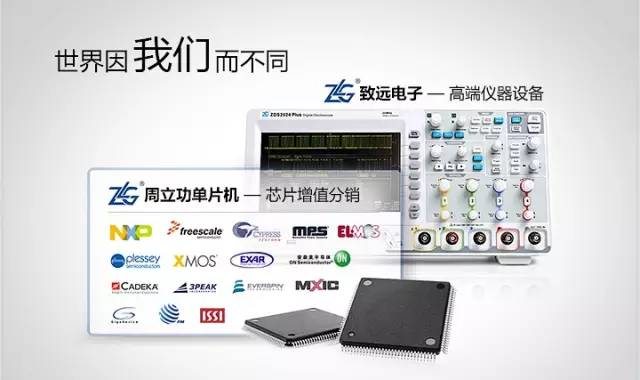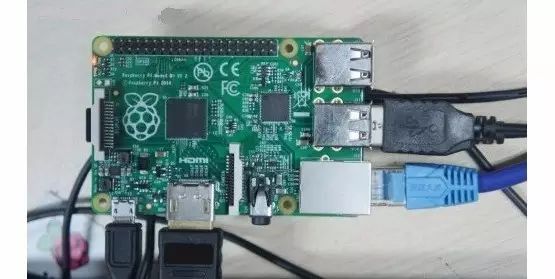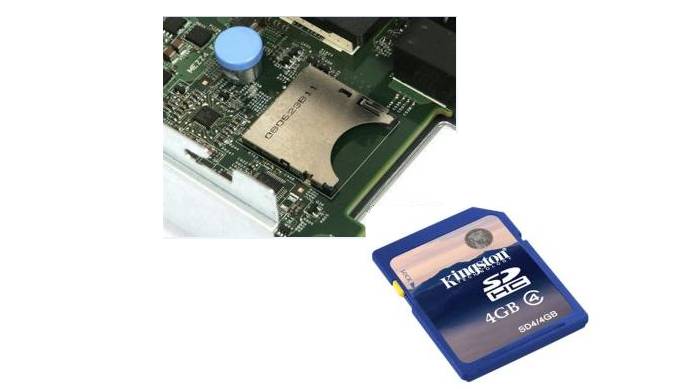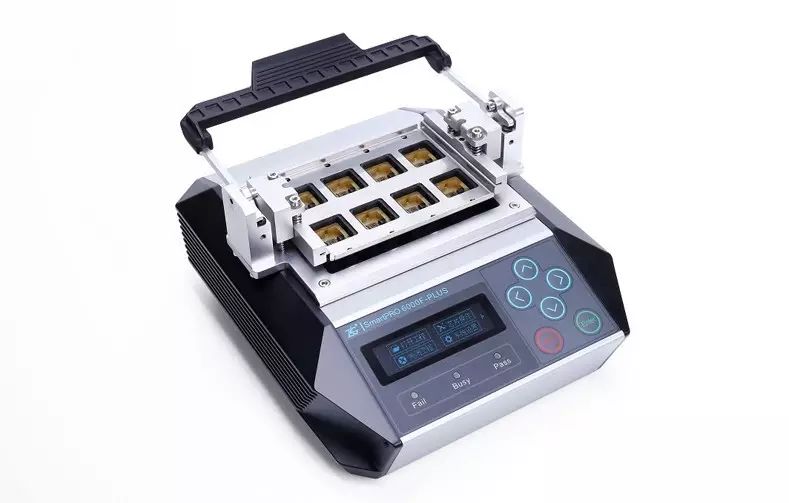

Abstract
With the increasing application of Embedded Linux systems in consumer electronics, data collection, and industrial control, higher demands have been placed on both solution design and production capacity. Among them, the storage solution, as the most important component of the Embedded Linux system, should be given due attention from selection, design, to programming.
The selection of storage chips commonly includes types like Nor Flash, Nand Flash, and eMMC, where choices are made based on speed, capacity, and cost.
Nor Flash is relatively simple and stable, with fast read speeds, but it is cheaper and has a smaller capacity.
eMMC uses a unified MMC interface, integrating a controller and large-capacity storage array. It is also relatively simple to operate, but currently has a higher unit price.
Nand Flash, as a secure and fast storage medium, has advantages such as small size, large capacity, low cost, and more erase cycles, making it the primary carrier of data and programs in embedded systems. Due to significant differences in structure and operation compared to hard drives and E2PROM, special designs for the file system must be made based on its characteristics to ensure optimal system performance. Additionally, due to manufacturing processes and environmental issues, bit flips and bad blocks inevitably occur in Nand Flash memory, necessitating effective ECC schemes and bad block handling strategies to achieve high reliability in the storage system.
The characteristics of the three types of Flash determine the complexity of their programming. Nor Flash and eMMC are relatively simple, while Nand Flash is the most complex.
After the Embedded Linux system design is completed, the choice of mass production methods often determines the production process and capacity.
1. Online Programming. This method follows the programming approach used during the research and development phase, first loading the boot program onto the CPU on the board, and then programming the system into the Flash chip after the environment is established. This method is simple but has low programming efficiency and requires that the product production process first attach the board. If the chip (especially Nand Flash) is defective, the Flash chip must be removed and replaced with a new one.

2. SD Card Programming. This method is similar in principle to online programming but does not require a PC, making it convenient and flexible, and also requires the board to be attached first.

3. Bare Chip Programming. This method programs the system into the Flash chip before attaching the board, which is fast and convenient for outsourcing programming to manufacturers when production volume is high. This method requires attention: if programming eMMC, the eMMC registers must be configured correctly; if programming Nand Flash, the ECC algorithm and bad block handling strategy used by the system must be clearly defined.
 SmartPRO 6000F-PLUS Programmer
SmartPRO 6000F-PLUS Programmer
Contact Information
-
Sales Phone: 400-888-4005 ext 1
-
Technical Support Phone: 400-888-4005 ext 2
ZhiYuan Electronics (ID: ZLG_zhiyuan)
Haven’t followed ZhiYuan Electronics yet? You will miss out on daily valuable content! You will miss a history that disrupts foreign brands! Sometimes you want to prove something to ten thousand people, and in the end, you find that you only got one understanding person, and that’s enough. Are you the congee we have been waiting for? Our WeChat ID: ZLG_zhiyuan.
